Taking Great Risk
Fifty years ago, a group of student activists locked themselves in Pierce Hall in an attempt to demand change. While they didn’t realize it at the time, their action pushed EMU into a half-century quest for greater inclusion. This is their story.
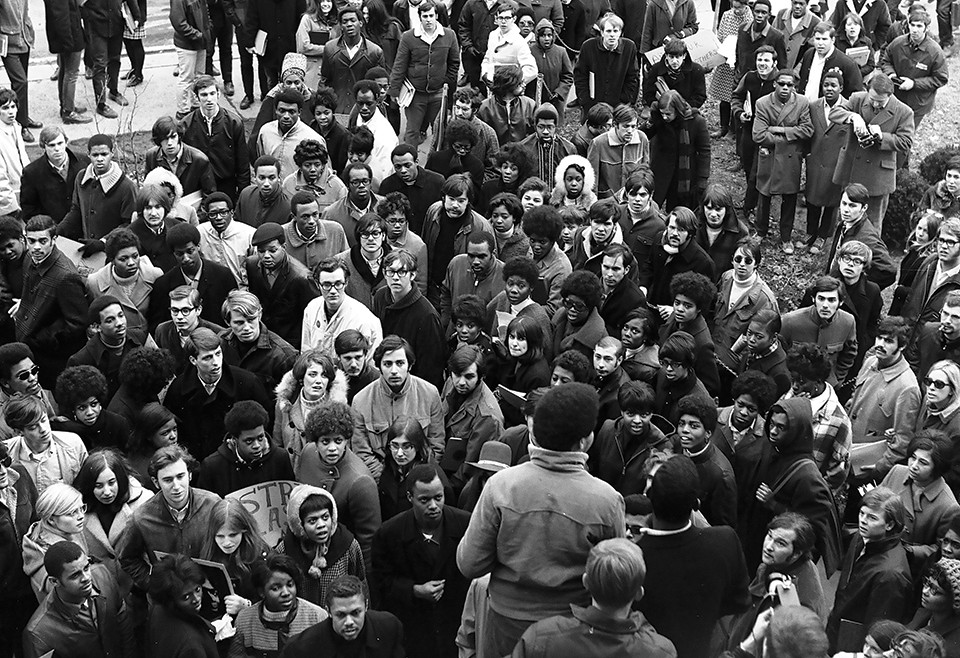
Early in the morning of Sunday, July 23, 1967, Detroit police raided a so-called blind pig, an unlicensed establishment serving liquor after hours, on the city’s Twelfth Street. Such raids by the overwhelmingly white police force on mostly black gathering places were routine, but what happened after that was anything but.
Expecting to round up maybe a dozen patrons, the cops hadn’t realized that more than 80 people were attending a party celebrating the return of two Detroit GIs from Vietnam. By the time they got everyone they arrested into paddy wagons, a crowd had gathered in the street and started pelting them with rocks and bottles. Then the fires started, then looting, and both spread through the city’s west side as the carnage took on a life of its own.
Four days later, after the state police, the Michigan National Guard and two U.S. Army divisions had been called in, the violence finally ended. Forty-three people, 33 of them black, were dead, and another 342 injured. Fourteen hundred buildings had burned. Property damage was estimated at $50 million, the equivalent of $377 million today.
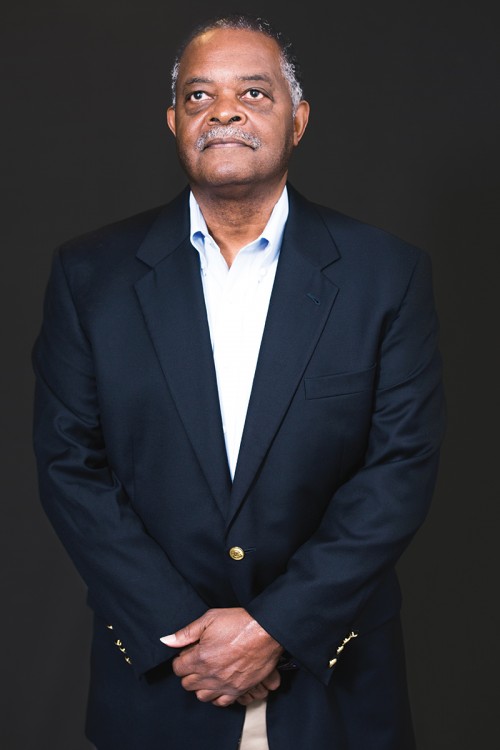
For some future Eastern Michigan students, these events were not just news stories and statistics. “I saw the riot from my front porch,” says Floyd Walton. “There was something in the air.” And it wasn’t only smoke and tear gas.
Jocelyn Harris grew up in Black Bottom, a renowned Detroit neighborhood that had been razed in the early 1960s to make way for the Chrysler Freeway and the Lafayette Park development. Her grandmother was an activist, and she had marched with Martin Luther King Jr. as a 12-year-old. She, too, had a front-row seat for the riot.
Harris was a student at Detroit’s prestigious Cass Technical High School, and her mother was disappointed when she chose to go to Eastern instead of a historically black college. “My goal was to be part of something,” she says, “and I saw Eastern as an opportunity to get involved and not just be angry.”
Mable Jones, who had been active in the Detroit NAACP’s youth program, says she “came ready for war.”
Nineteen months later, on February 20, 1969, they and dozens of other black students occupied Eastern’s Pierce Hall, intent on personally presenting a list of 11 demands to elevate the role of black students and African-American culture on campus to President Harold Sponberg. The occupation lasted less than an hour, 14 of them were arrested, and they never did get to see Sponberg.
Within a little over a year, however, many of their demands were met, fundamentally altering Eastern’s character and culture. And nearly 50 years later, that occupation is being recognized by the institution whose administration it targeted with an extensive oral history project that has already begun, and commemorative events in the works for early next year. The aims are to incorporate the activists’ stories into the official University Archives, draw attention to their struggles, gains, and frustrations, and remind us of how much business remains unfinished.
The enterprise began with a public panel discussion in the Halle Library Auditorium in July, facilitated by Professor Ronald C. Woods, that featured 14 activist alumni, including Walton, Harris and Jones, and Ken Moon, the only black administrator in the Office of the Dean of Students at the time and an ally of the students. They had belonged to the Black Student Association, which organized the 1969 occupation and then represented the students in the less spectacular but ultimately productive yearlong negotiations with the administration that followed. The panelists will also be interviewed and recorded one-on-one over the fall and winter by University Archivist Alexis Braun Marks, who organized the event with Bob Smith, also a panelist.
Smith has had a long career in organizing public history and oral history projects, and he and the other panel members were already planning a reunion in July. Sensing a unique opportunity, Smith contacted Braun Marks, with whom he had worked at the Charles H. Wright Museum of African American History in Detroit, and Woods, a friend of both and co-chair of the President’s Commission for Diversity and Inclusion, about seizing that opportunity to conduct an oral history event.
The American Council on Education reported in April 1970 that “dissenters” made up only 15 percent of the national overall student population but were among the brightest, best read and most engaged among their peers. The panelists at Halle bore out that analysis. Like Smith, 95 percent of them graduated, and most went on to professional or graduate schools. They became teachers, professors, physicians, attorneys, corporate executives, government officials and university administrators, not to mention their prodigious volunteer service to their communities.
But in early 1969, after a year of political assassinations, riots, widespread student unrest, and a police rampage at the Democratic National Convention, “the younger students were hot for more activity,” says Smith. “We needed to do something on campus.”
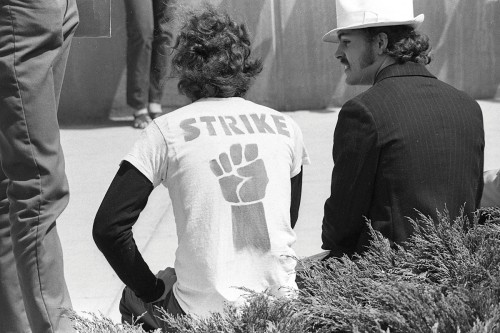
Several activist groups met at Sill Hall the night before the occupation to formulate their demands. They settled on 11, “many of them not new to the administration,” says Smith.
The stated design was to meet early the following morning a few blocks from Pierce for a march; only a handful were in on the occupation plans. Smith admits there was “some trickery involved. If people knew, they might not show up. Many came to see what would happen.” Among the latter was Harold Braggs, who went with his roommates to check out the action. “That’s how I got exposed to activism,” he says.
About 100 marched to Pierce and 50-75 occupied it, Smith recalls. Once they were in the building, the student assigned to provide bolts fished them from his coat pockets and the occupiers proceeded to lock themselves in. As many as 200 students milled around outside. But campus security officers had apparently slept in the basement and appeared with bolt cutters in a matter of minutes. After the doors were opened, a contingent of Washtenaw County sheriff’s deputies, summoned by Sponberg and in full riot gear, entered and ordered the protesters to leave, which they began to do.
But 14 of them were arrested, officially because they refused to follow orders but, says Smith, “the students started leaving and the police were pulling people randomly and arresting them to make an example.”
All but Smith were charged with “conspiracy to create a disturbance,” a high misdemeanor (later reduced to “trespassing,” a simple misdemeanor). He was charged with “inciting to riot,” a felony recently enacted in response to student unrest that carried a stiff prison sentence. As much as the activists had tried to conceal the identity of their leadership, the deputies knew who they wanted.
“When you’re engaged in a struggle,” says Smith, “you have to be prepared to take the consequences. Many students that participated did pay a price.” Amnesty for the arrested students became one of the regular demands of future protesters.
“Inclusion” also applies to history, which at its best sheds new light on the past. That’s why it’s important to find and preserve these stories as well as the “official” ones. Not to sanitize the record – “we had a problem but now it’s solved” – but because recovering the missing pieces helps us to better understand the picture. While the University Archives house a considerable amount of material like underground newspapers and leaflets announcing marches or listing demands, the story of the occupation and its aftermath is found mostly in official administrative reports and newspaper articles.
In the course of that day’s discussion, it became clear that most such accounts either err in crucial respects or omit them altogether. Several examples came to light via Professor Woods’s questions and the participants’ responses.
For instance, the occupying students weren’t surprised by the presence of campus security officers in the building. They had suspected as much, having recognized undercover agents at their planning meetings. There were so few black students at Eastern then that “we knew all of them,” Smith says. “But we didn’t care. The whole idea was to do something so our demands would at least be addressed.”
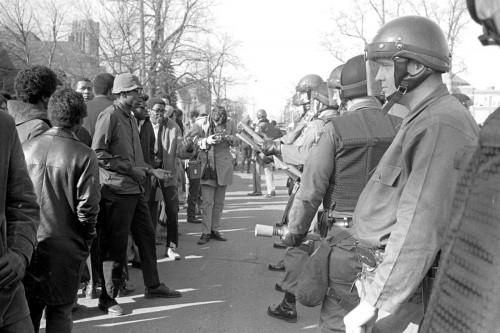
Also, Moon played a key role behind the scenes, where it remained until he opened up about how the administration’s disarray created an opening for him. His title was “counselor” at the time of the occupation, and he worked with many of the students involved. He was promoted to assistant dean of students just over a year later.
“The university administration became very dysfunctional,” Moon recalled. “Sponberg almost lost it. People like myself stepped in and for a period of time we were running things, and one of the greatest contributions I made was to get the charges against Bob dropped.”
About an hour into the discussion, John Sanford mentioned the name of Chuck Minneman and the panelists erupted into sustained applause. “We would not have been able to do what we did and make the changes we made without his support,” Sanford said. “Although he was Caucasian, he was a brother in my eyes.”
Officially, he was Eastern’s director of religious services, a post that was abolished shortly after he left it in 1976. One of his responsibilities was bringing speakers to campus, and many of them were leaders and thinkers who were prominent in the civil rights struggle. “Through him, we brought people like Alex Haley to campus,” says Walton, “long before ‘Roots’ was published.”
Minneman’s office was also the home of the Campus Service Corps, which became another key pillar of black students’ activism. They weren’t just organizing, marching, and occupying. They were going to the south side of Ypsilanti every day, cooking breakfast for impoverished youngsters, tutoring them and being Big Brothers and Big Sisters.
“Campus Service Corps had been predominantly white [just like Eastern],” says Walton. With Minneman’s support of the BSA’s involvement, its complexion, quite literally, changed. “We really felt that while it was a nice thing for a white student to go over there and be a Big Brother and tutor,” he adds, “the kids needed to see black students who were intelligent, in college, getting an education, and would accomplish things in life.”
And Minneman provided more than speakers and service opportunities. “He made me associate director,” says Steve Spencer, “so I got a stipend that helped me stay in school. He enabled us in so many ways.”
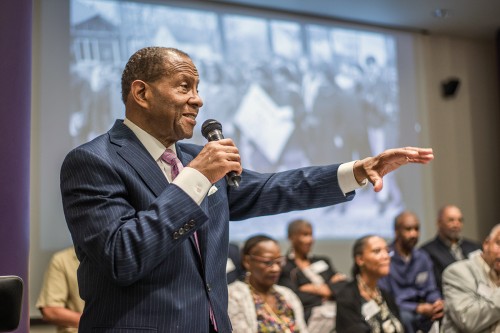
Whether one of those ways was providing the cars that some BSA members drove to Flint to disrupt a speech by Sponberg provoked differing recollections by the panelists. Not all historical questions can be answered.
The discussion also revealed another dimension of the students’ activism hitherto missing from the record—excusably so, since it took years to become evident: how well the abilities they learned from their engagement served them in their careers.
“We were administrators and students at the same time,” says Mable Jones. “The skills laid the foundation for us.”
“Eastern set the course for me to be very much engaged,” says Harris. “I was part of a very productive team there. We learned how to make systems work for us.”
Once the dramatic act of occupying Pierce Hall had opened the necessary eyes and ears, the BSA and its allies settled in for the work that would actually get results. “Our objective was not revolution but reform,” says Smith. “It took a year of negotiations for the administration to agree to our demands.”
But by taking that time, they got much of what they wanted. Almost exactly a year after the occupation, Eastern announced that two ad hoc committees had been established to implement the activists’ demands. Two months later, the Faculty Senate approved the creation of a Black Studies program, although the BSA withheld support pending the program receiving adequate funding. A month after that, black students and the administration agreed to a plan calling for two full-time recruiters and a team of part-time recruiters to increase minority enrollment, and Dr. Valmore Goings was appointed Vice President for Instruction.
“We could see concrete evidence of our actions,” says Smith. “They recognized we had just claims.”
As a freshman at Eastern in 1972, James Beasley could see the effects. “When we came in, we had programs in place at Eastern Michigan that helped us get along and graduate,” he says. “I came here as an oasis.”
Several participants spoke of how they had bonded during their college years and have remained lifelong friends. “We were able to be activists, go to class, be involved in the community, and still graduate,” says Walton. “When we look back on that part of our lives, all of us are amazed at what we were able to accomplish.”
Contact Darcy Gifford, dgiffor2@emich.edu , 734.487.5375

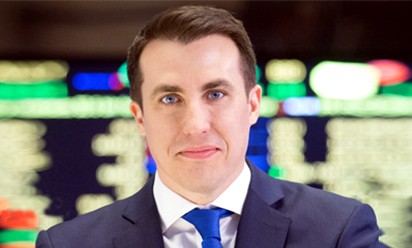 Business grad John Tuttle keeps things humming at the New York Stock Exchange.
Business grad John Tuttle keeps things humming at the New York Stock Exchange.
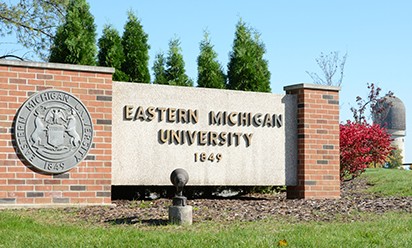 New leadership in place at College of Arts and Sciences, College of Business
New leadership in place at College of Arts and Sciences, College of Business
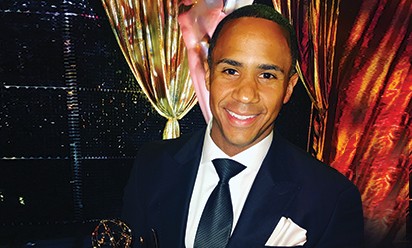 Josh Landon wins his second Emmy on a story that makes a personal impact
Josh Landon wins his second Emmy on a story that makes a personal impact